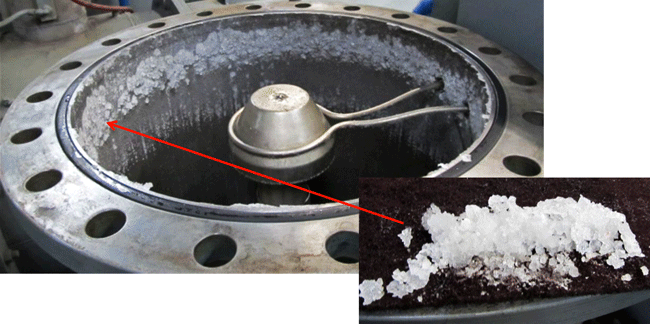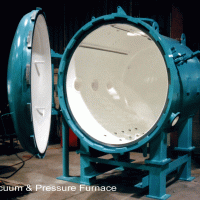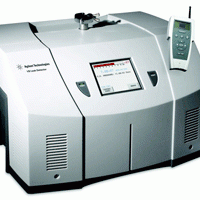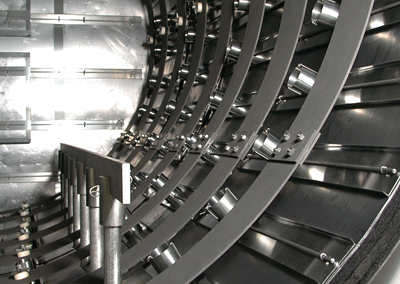The basics of particle physics, the development of the particle accelerator, and the installation of the world’s largest such unit at CERN were discussed in Part 1. Here, we will take a closer look at this super collider and the cutting-edge vacuum technologies required to keep it operational.
Located 175 m (574 ft.) below ground on the border of Switzerland and France, the Large Hadron Collider (LHC) accelerates subatomic particles to speeds approaching the speed of light to produce head on collisions between atoms and split them into their elemental parts, thus shedding light on the fundamental nature of matter.





